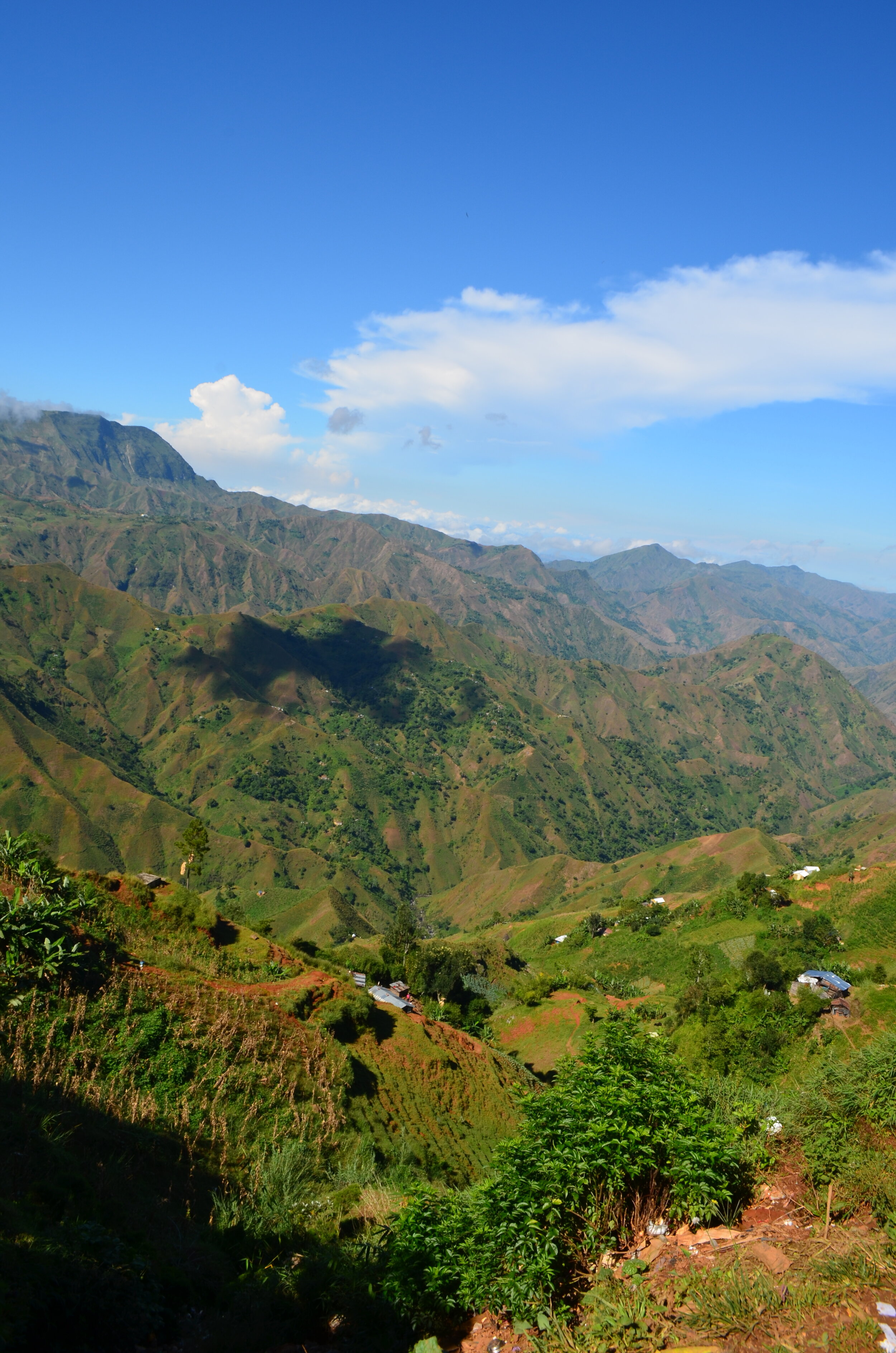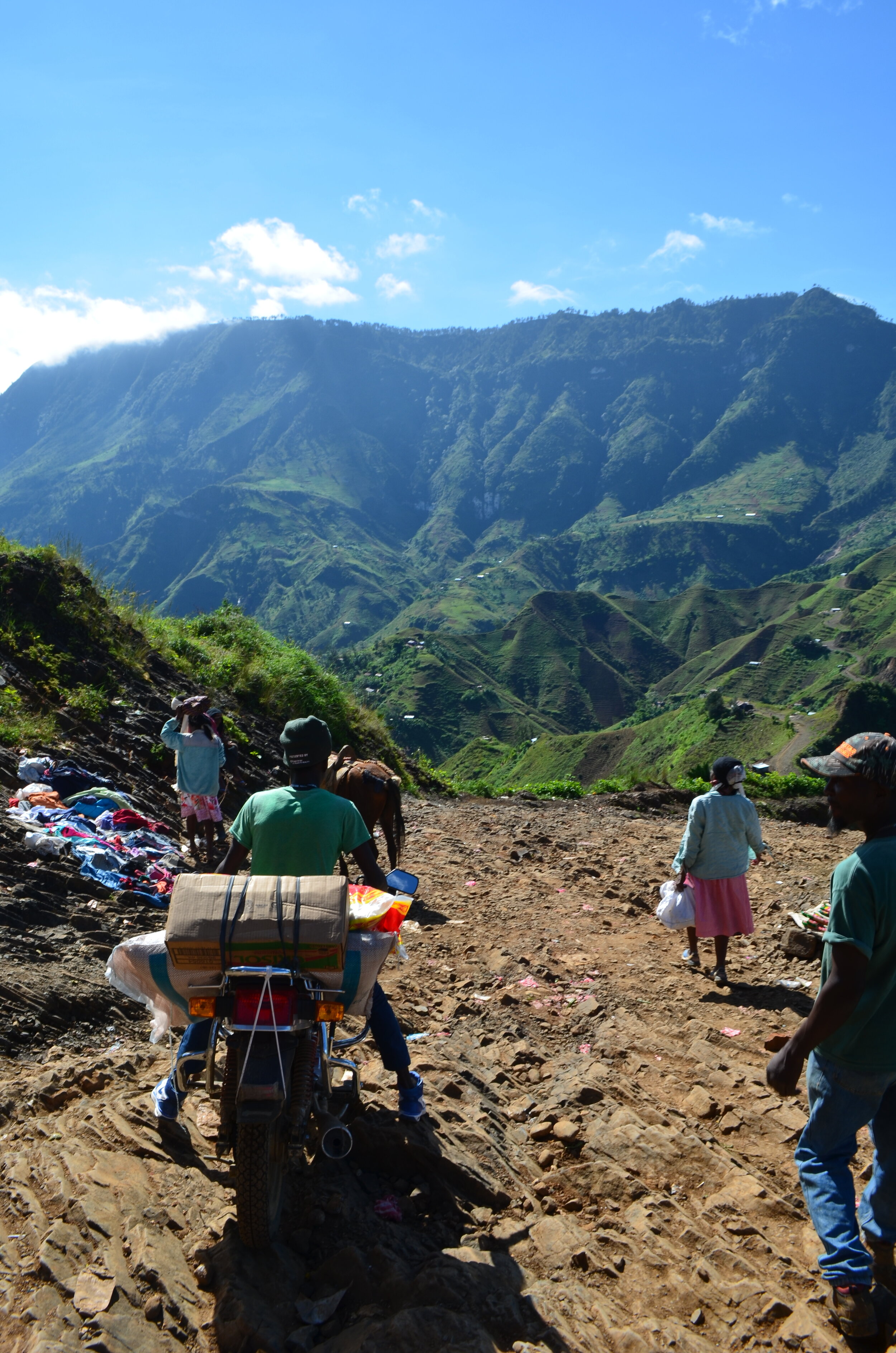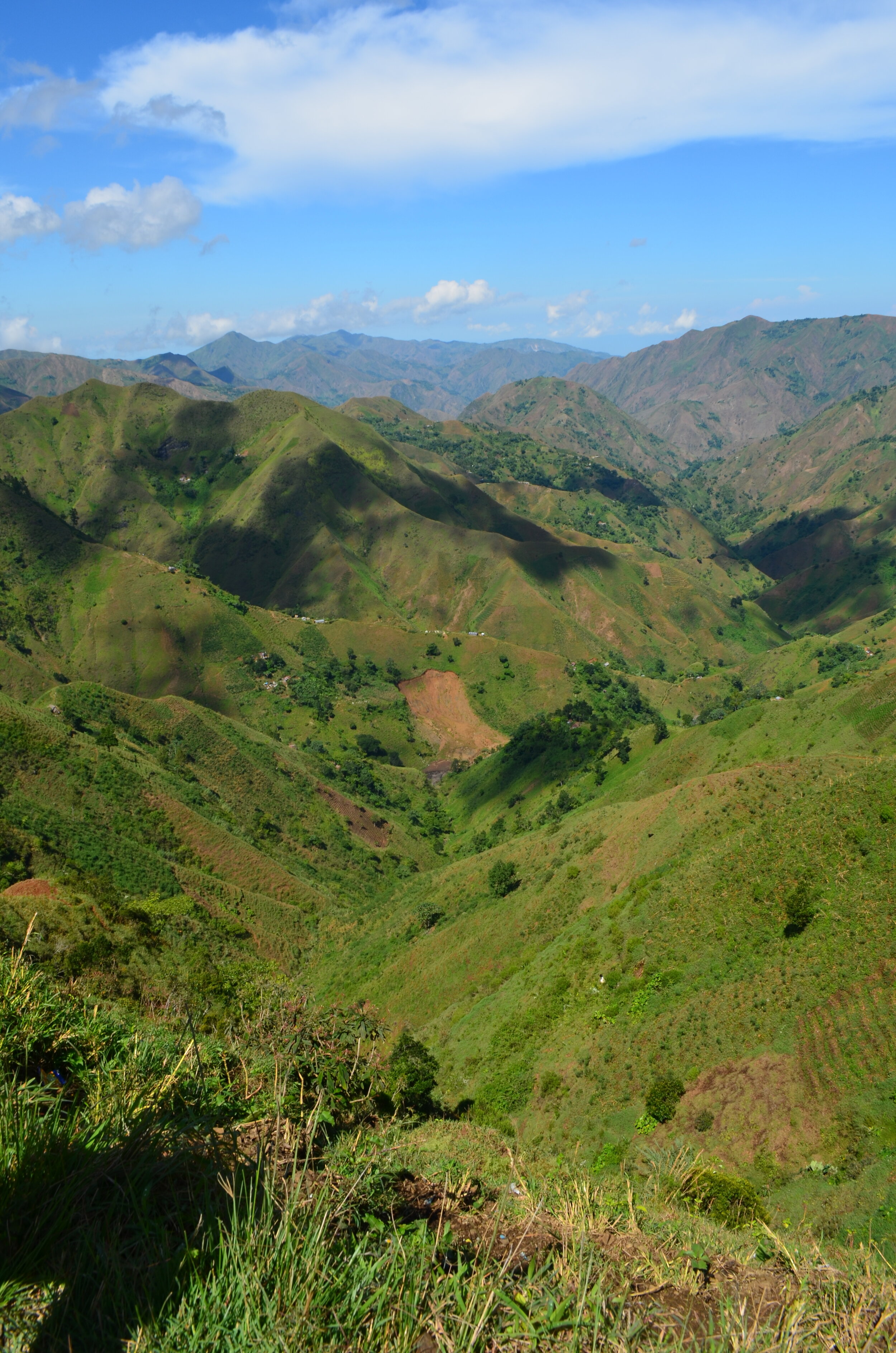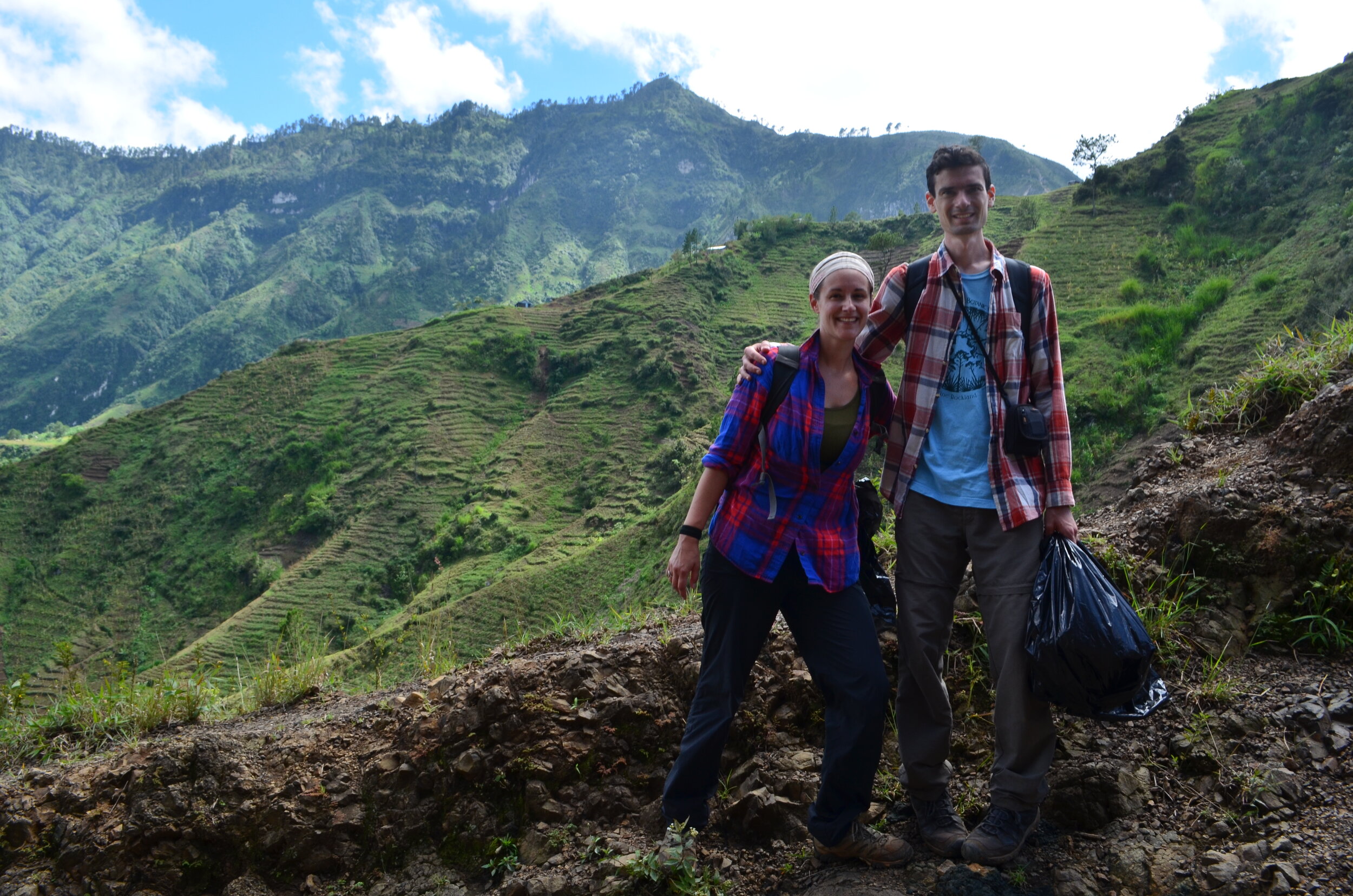Plumeria in the mountains of Haiti
Yesterday was International Mountain Day, as observed by the United Nations. Mountains are celebrated annually on December 11th because they cover around 22% of the earth’s land surface, hosting 25% of terrestrial biodiversity and 28% of the earth’s forests. They are a successful source of tourism and also where 6 of the 20 most important food crops grow (potatoes, maize, barley, sorghum, apples, and tomatoes). Mountains are considered home by almost 1 billion people and harbor many different languages, ethnic groups, customs and traditions.
I love this year’s theme: Mountains Matter for Youth. Our youth are the future leaders of tomorrow. Education, not only on the importance of mountains, but on all natural ecosystems and the biodiversity that they contain has been a large part of my daily inspiration. Climate change, habitat destruction, and natural disasters are changing the world, as we know it at a rapid pace. Empowering not only students, but also teachers, parents and mentors, entrusts the new generation of scientists, researchers, educated voters, and environmentally minded citizens with our future.
When I first saw that mountains were being celebrated I thought of all of the mountainsides where I have looked for wild growing Plumeria. One place in particular stands out. At 1,563 m (5,127 feet), Nouvelle Touraine in Haiti was the highest elevation I have ever found Plumeria growing. Nouvelle Touraine is a section of the town Kenscoff in the Oeste Department just south of Port-au-Prince, the capital city. We drove as far into La Visite National Park as we could with our 4x4 truck, navigating extremely rocky dirt roads with ominous clouds behind us. Though we were in one of the two national parks in Haiti, the area is known for its agricultural vegetable production with around 12,000 inhabitants.
We were looking for Plumeria discolor, a species of Plumeria that was discovered and described from this area in 1926 and rarely reported since. To guide our search we looked back at the original description and found Plumeria discolor was described as occurring in the Massif de la Selle mountain range near Nouvelle Touraine at 1,000 m in altitude. As we drove to the area we stopped and continuously asked local people along the way to point us in the right direction. The area is extremely rural and we were asked every single time “Why would you want to go there?” They had a hard time believing we were looking for plants.
Haiti has suffered massive deforestation with current estimates of around 0.32% of the primary, original forest left. The area of Nouvelle Touraine was heavily deforested, with the mountainsides terraced for agriculture. It makes sense that we didn’t find Plumeria discolor at 1,000 m and had to keep going up, eventually trekking on foot. With a storm rolling in, we knew we had to be fast, with rain the roads would become un-navigable, so we showed local people photos of the telltale flowers of Plumeria. We asked if they knew of Bwa lèt, Haitian Creole for ‘milk plant’, referring to the telling white latex found in all Plumeria plants. Eventually we found someone who knew exactly what we were talking about, more accustomed to the steep terrain he ran ahead of us and came back with a branch of this elusive species of Plumeria. We were in such a hurry to beat the rain, our driver getting more frantic to head back down the mountain as the sky got darker, that we jumped in the truck without even getting a picture of our lucky find.
There are potentially five species of Plumeria that are endemic to Haiti and only occur there. These species are the most challenging, with very few collections to reference. This is likely due to the massive deforestation of the country. If these species are not extinct, it is likely that they only exist in very remote and inaccessible areas similar to Nouvelle Touraine.
Haiti has a complex history and many factors contribute to its deforestation. There are local botanists and educators who work hard to promote education and reforestation. I am lucky to have collaborated with them. On International Mountain Day, I celebrate them.
http://www.fao.org/international-mountain-day/overview/en/
Scenes from Nouvelle Touraine:







